
Multiple Languages and Roles
The mobile applications supported multiple languages, with translations editable directly in the information system.
The information system also accommodated various user roles with different privileges.

Mobile App and Web Backend
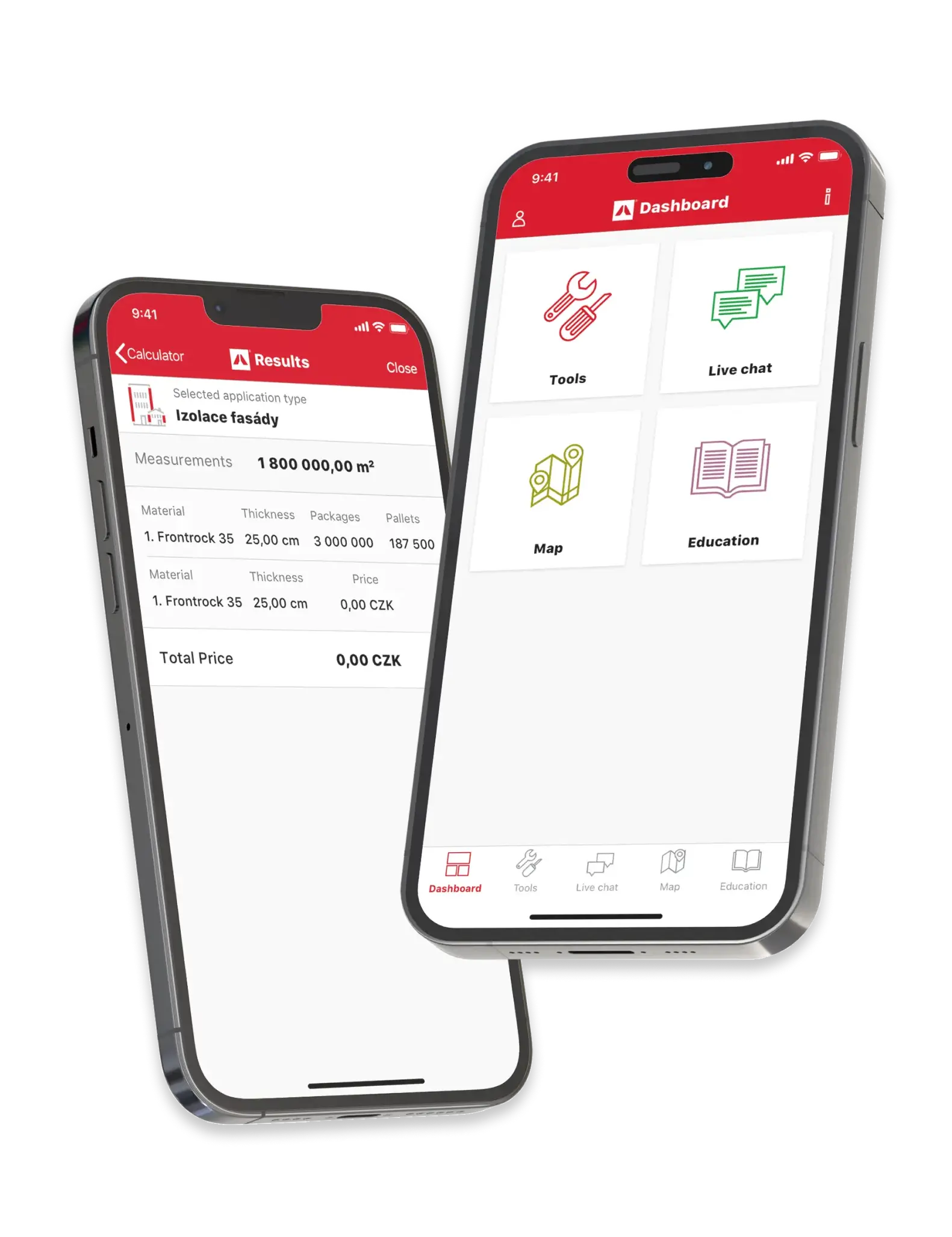
The goal of the project was to design and create a mobile application and information system for craftsmen and small construction companies that install thermal insulation in family houses.
The challenge in the project was to create mobile applications with an information system that supports multiple user roles and allows for the management of all translations within the application. A fundamental requirement for the Android and iOS mobile applications was to accommodate eight language versions and enable users to switch between them. Company employees should have the capability to modify these language versions through the associated information system without the need to release a new version of the application.
The information system had to enable the import and export of data into the database in various formats and integrate with other third-party services.
The goal of the mobile applications was to provide users with the ability to read news about products, watch videos, download PDF instructions, receive current news and event information through notifications, and most importantly, create inquiries for various types of calculations related to their projects and upload the results of their work. Additionally, users could view a map and/or a list of stone wool distributors in their area. In the subsequent version of the application, integration with an active Facebook community was also added.
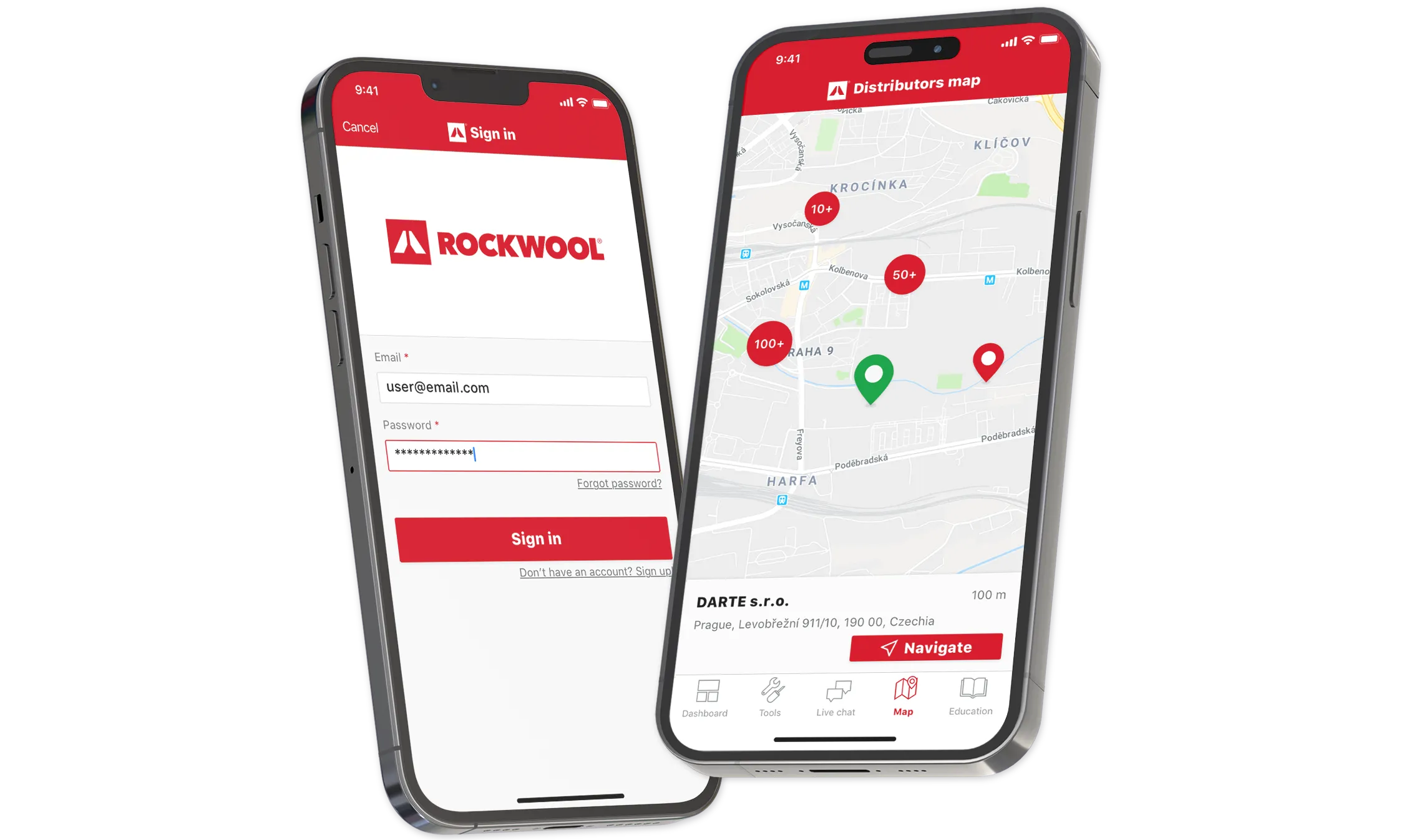
The solution consisted of an information system that supported multiple user roles, allowed for the import and export of data, and provided the necessary data for mobile applications (for Android and iOS). These mobile applications enabled users to create calculations, display content, and sign up for notifications in multiple languages, all of which are fully manageable from the information system.
Key features of mobile applications and information system:

The mobile applications supported multiple languages, with translations editable directly in the information system.
The information system also accommodated various user roles with different privileges.

Users of the mobile application had the opportunity to create various types of calculations for different parameters, such as roofs, facades, materials, and dimensions. These calculations could be used to directly generate inquiries, which were then sent to selected distributors.

Users could view nearby distributors on the map, get more information about them and send them an inquiry directly through the application.

The mobile application and information system have been integrated with third-party solutions, including customer support chat, content management (CMS) and analytical/marketing services.
When creating user experience analysis (UX), we start by defining the actors, followed by the creation of individual user scenarios (User Stories). These scenarios describe how and for what purpose users will interact with the application. Subsequently, we formulate specific requirements and create a user interaction diagram (UID) in which we assign individual user scenarios to the corresponding application screens.
Subsequently, we create a low-fidelity prototype (LFP or mockup) with a focus on ensuring all parts of the application are easily accessible to users. The calculations were designed in a straightforward manner, and certain content could be accessed without the need to log in.
Before the application development itself, we prepared software architecture.
The design of the mobile applications was created in a simple and clean manner, with a focus on preserving the colors and identity of the Rockwool company, particularly the red and white. Custom icons were added to facilitate user interactions, such as selecting the appropriate type of calculation and other actions. The goal was to ensure the clarity of the form elements, making it evident which step follows.
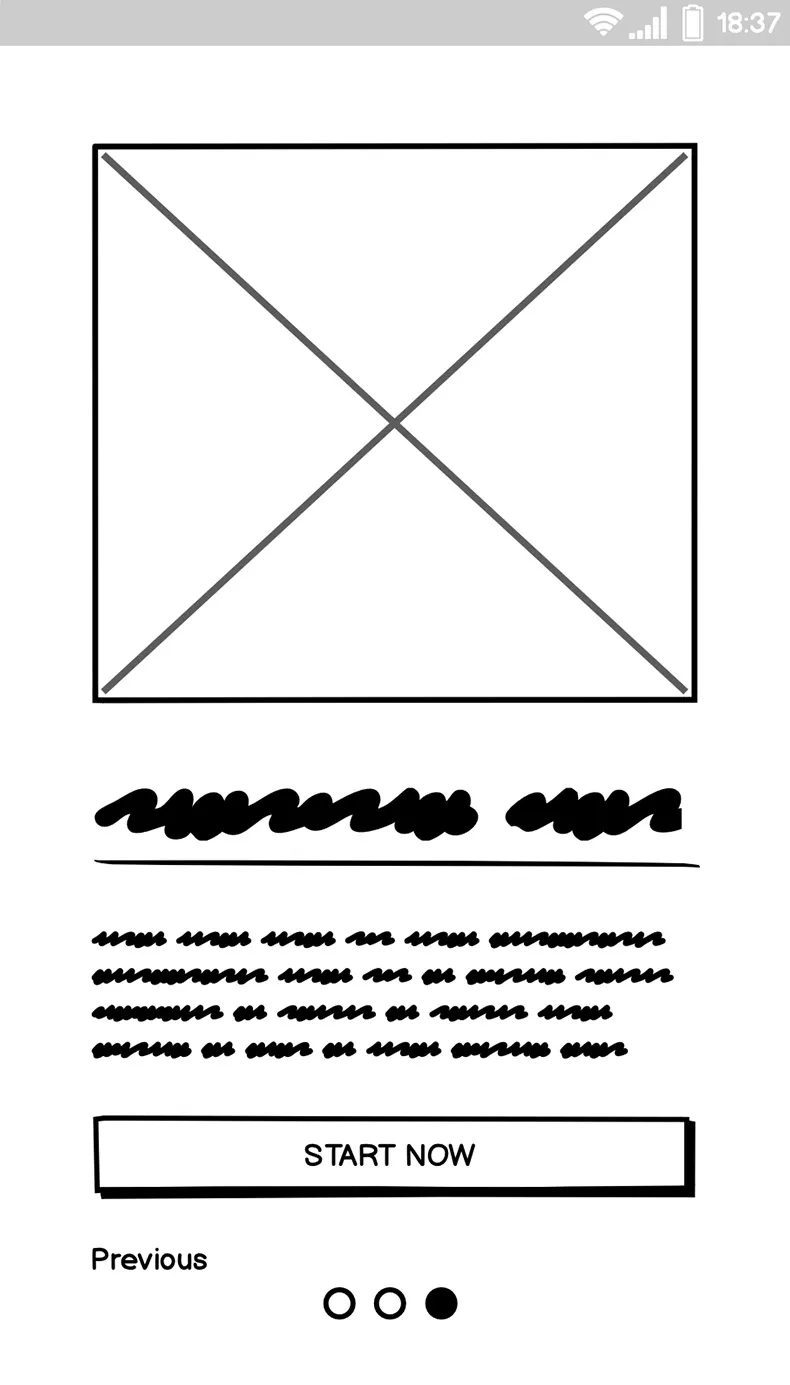
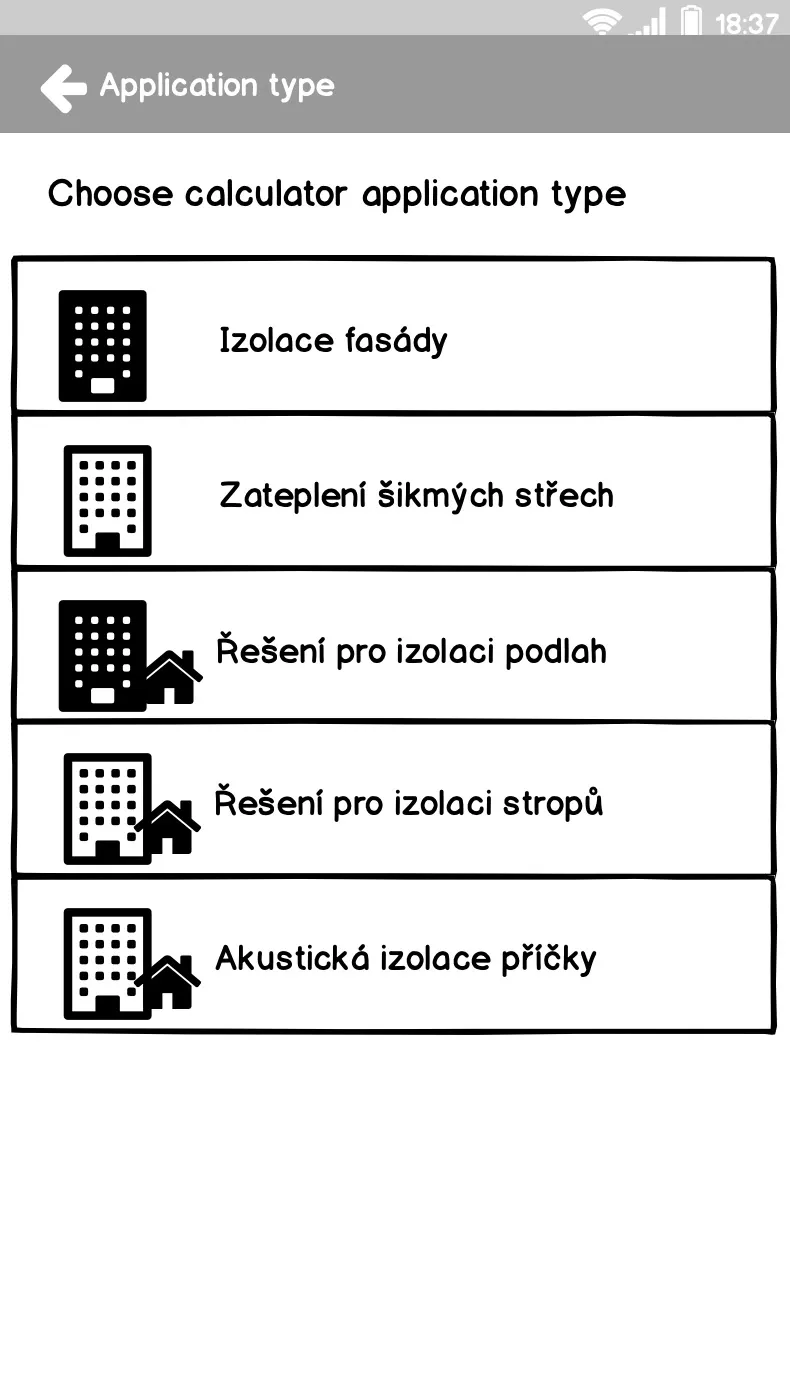

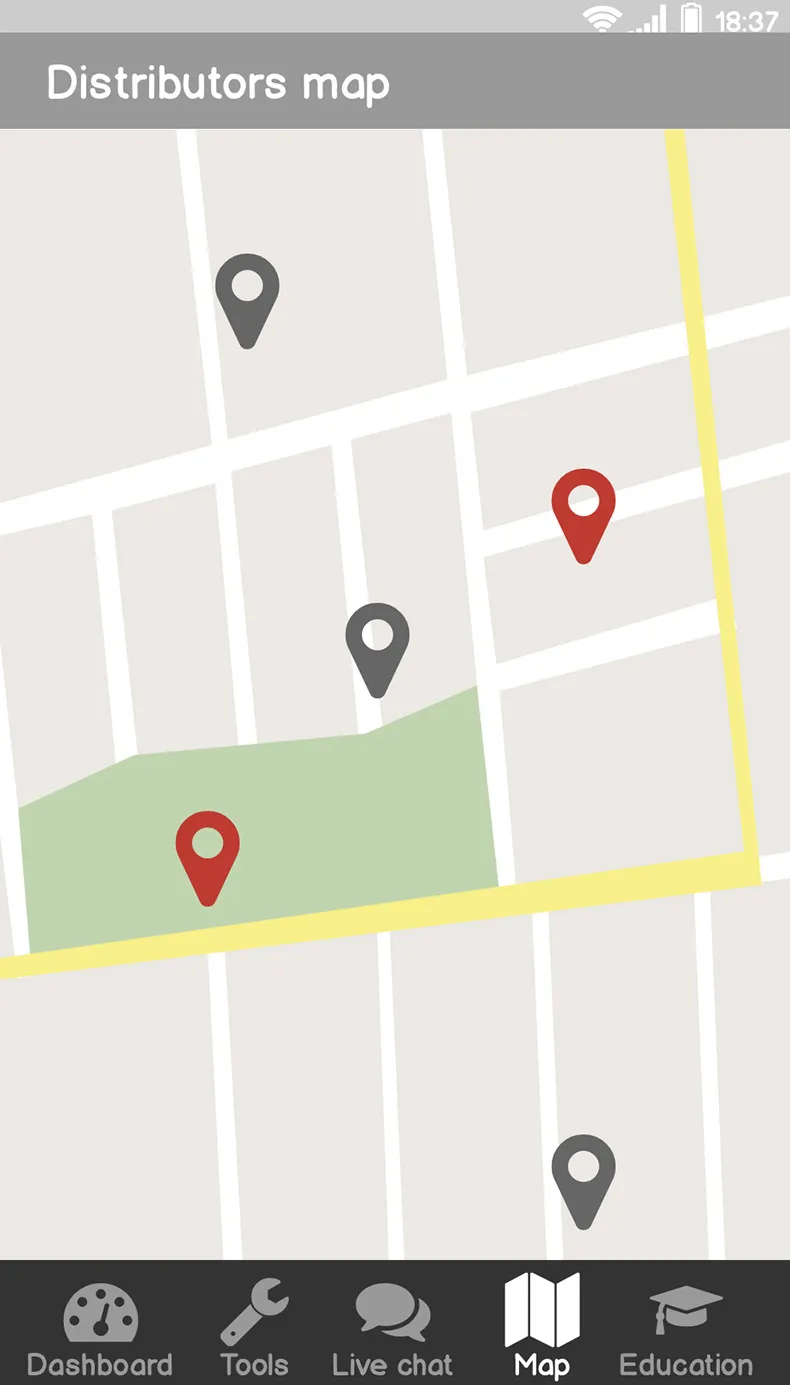
The technical challenge was loading and updating translations from the backend system so that the mobile application would run in the appropriate language. At the same time, there was also a need for some offline support within mobile apps.
The information system had to support several user roles, management of all data for mobile applications and various formats of imported data. It was also possible to change the display order of items within mobile applications. The loaded data could then be edited through the information system and displayed directly (or turned off) in the mobile application. The mobile application had the ability to display multiple types of data - texts, images, videos, PDF documents and external links. The system was subsequently uploaded and hosted in a cloud environment.
For our client, we created mobile apps with an information system, which was intended for craftsmen and small implementation companies. The whole solution allowed users to easily find the nearest insulation distributors, perform calculations and create inquiries. In addition, it provided the latest news from Rockwool, video tutorials and how-to guides, bringing them closer to the entire construction/building community.
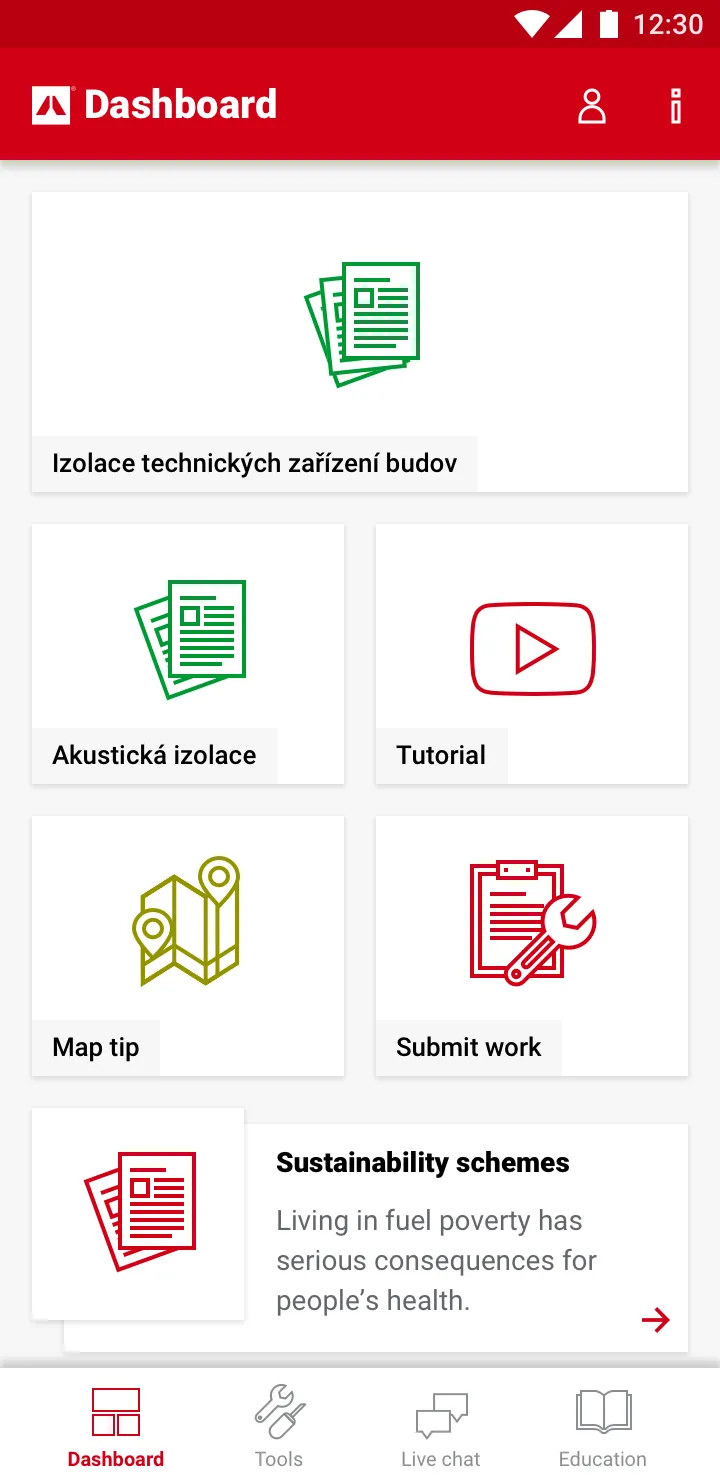

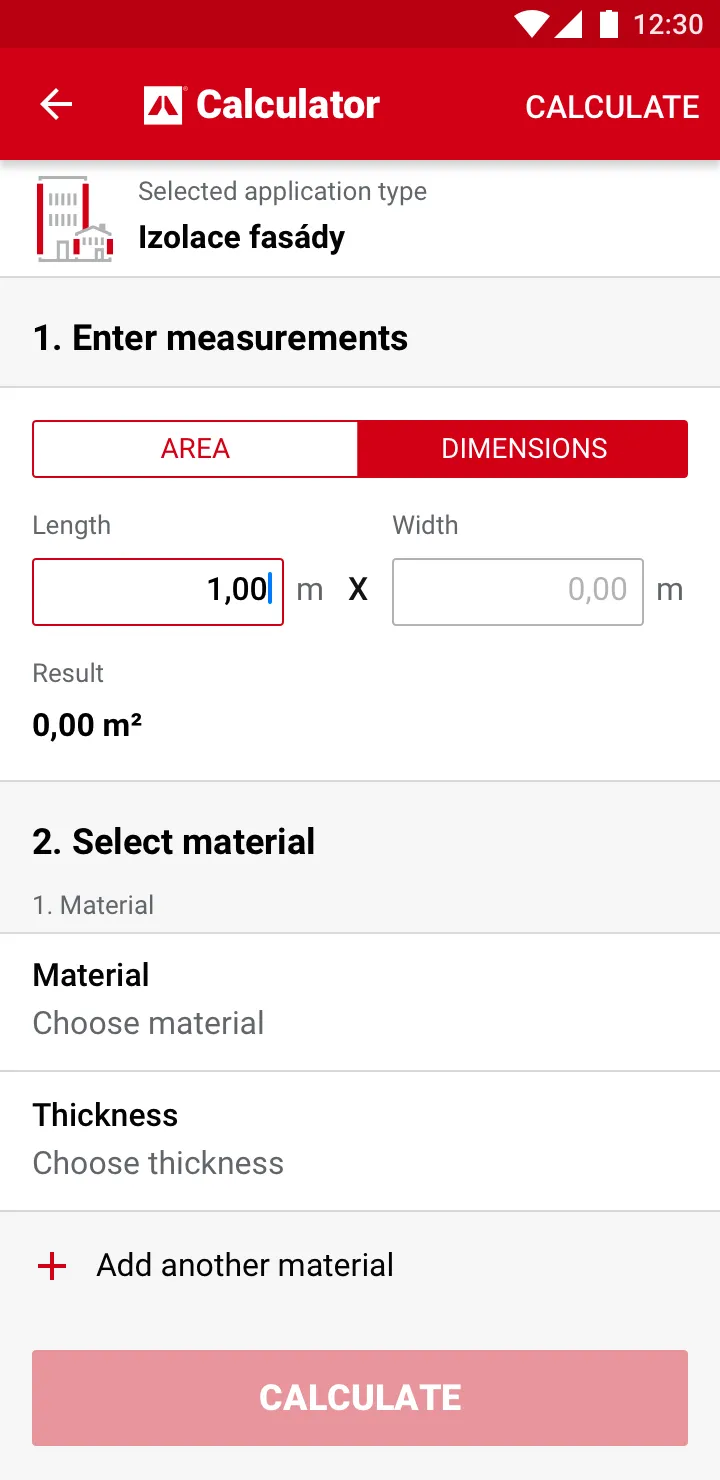

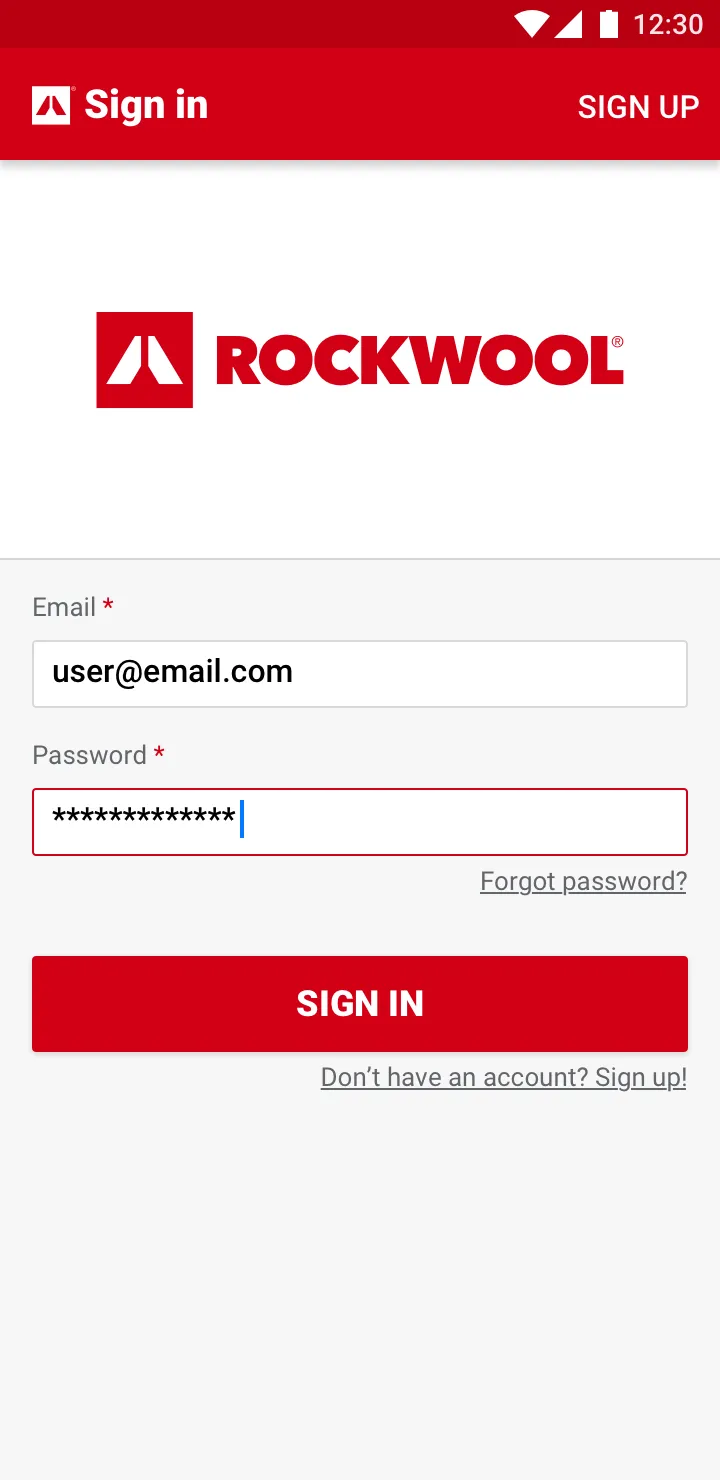
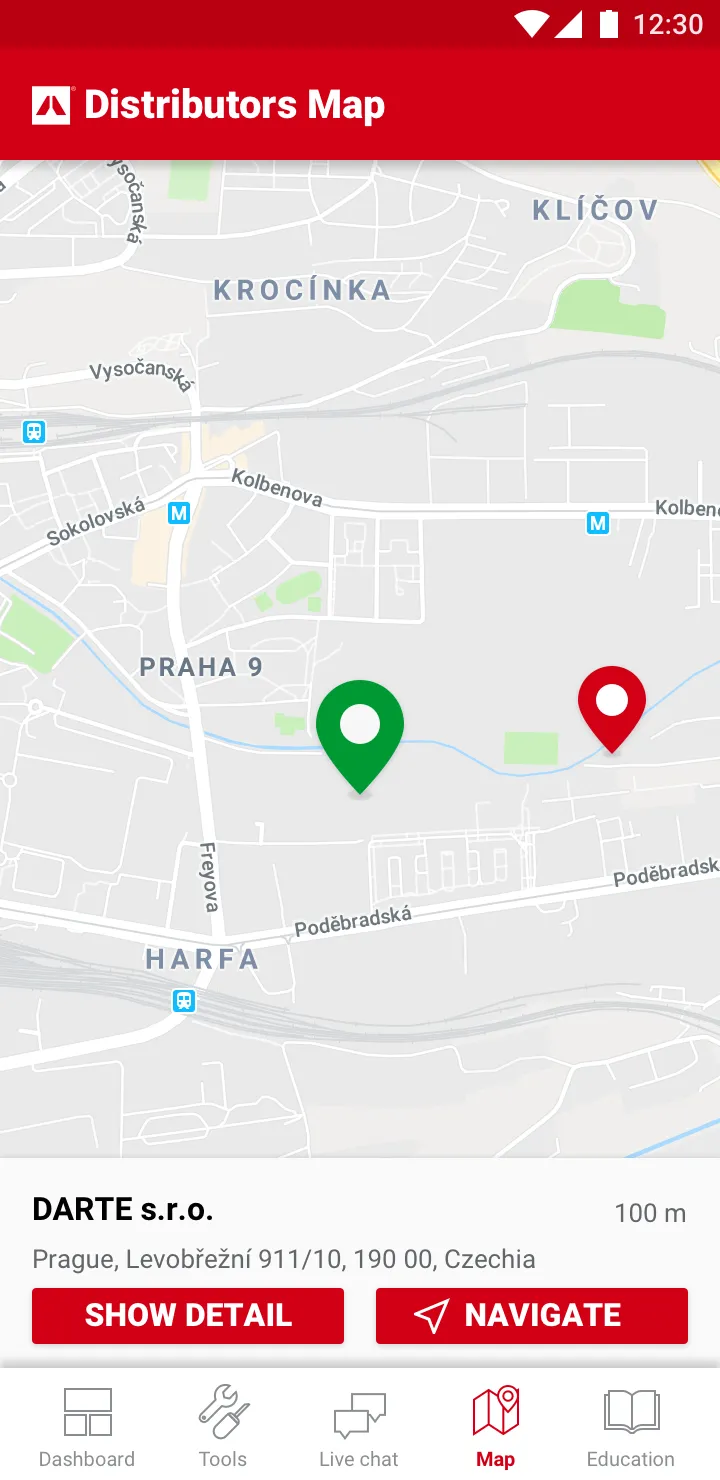
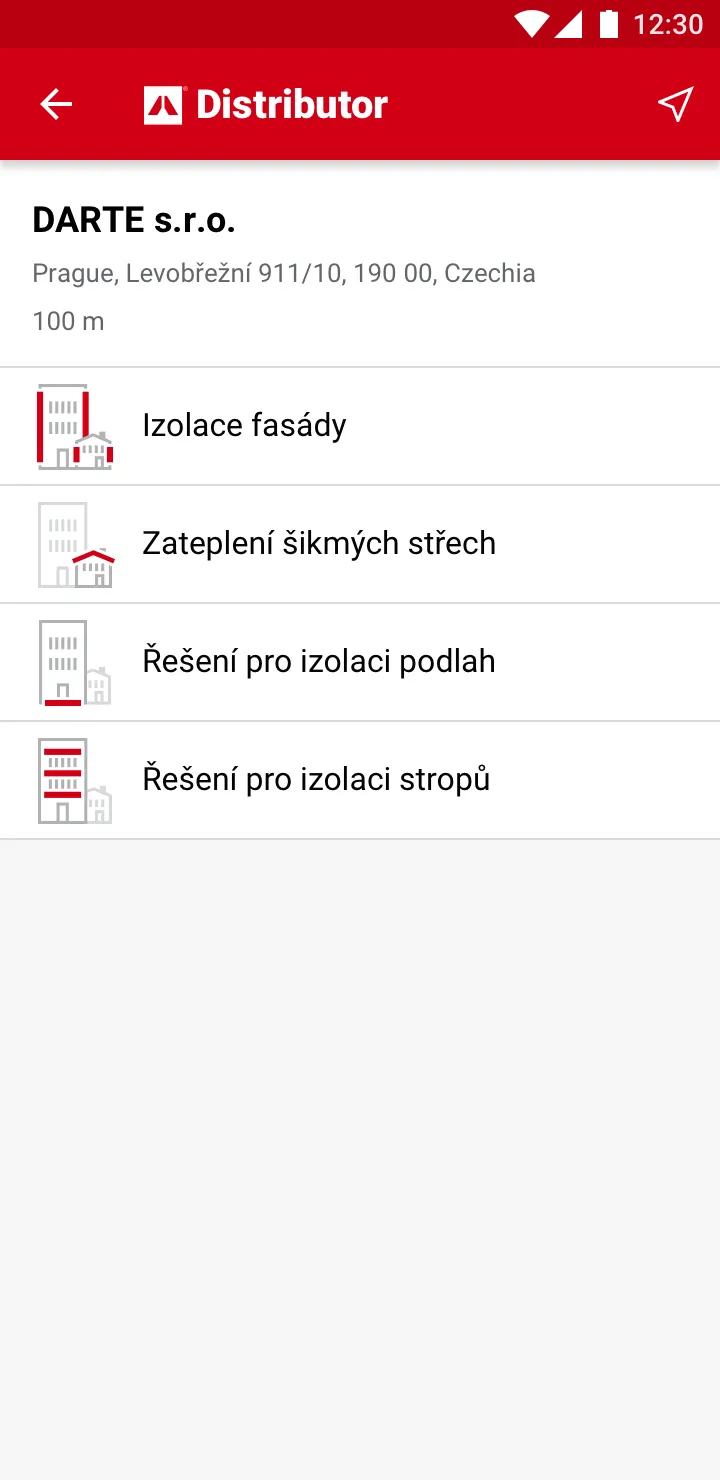
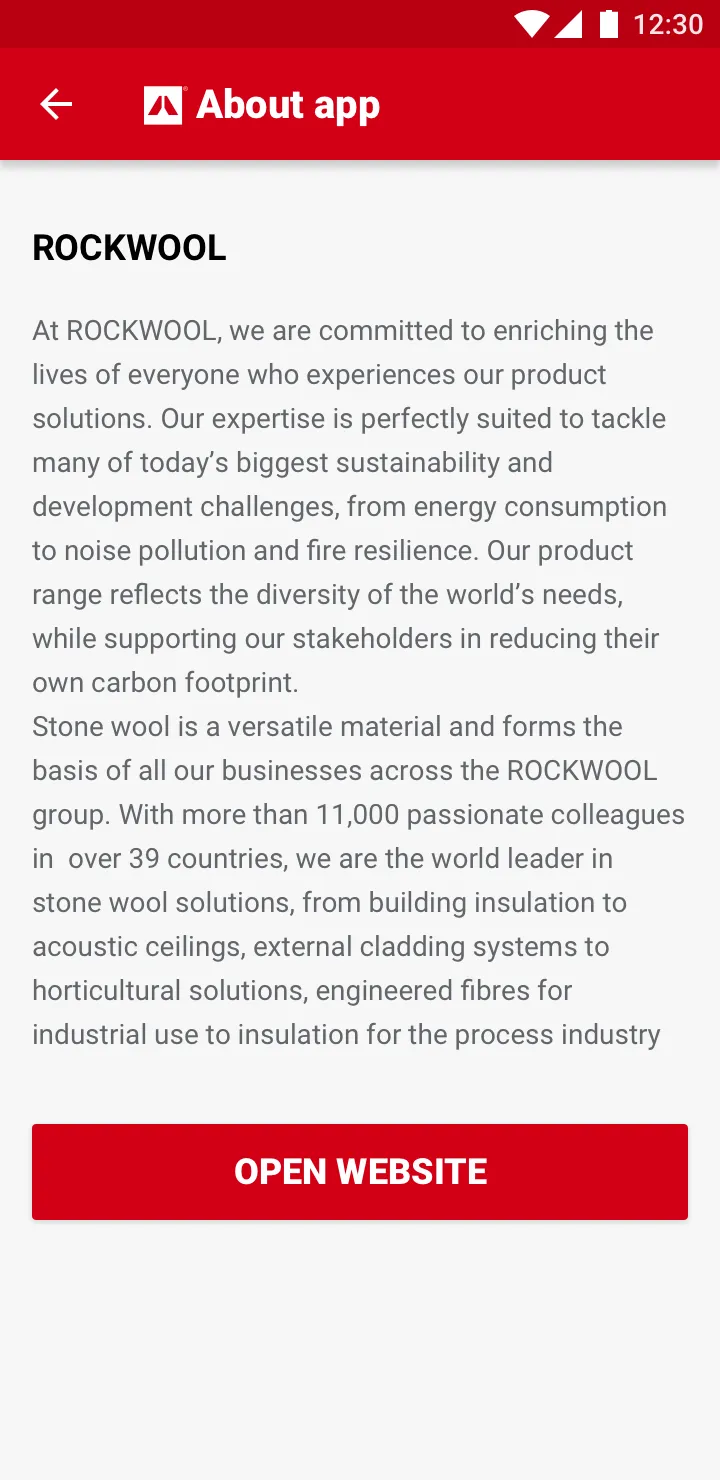

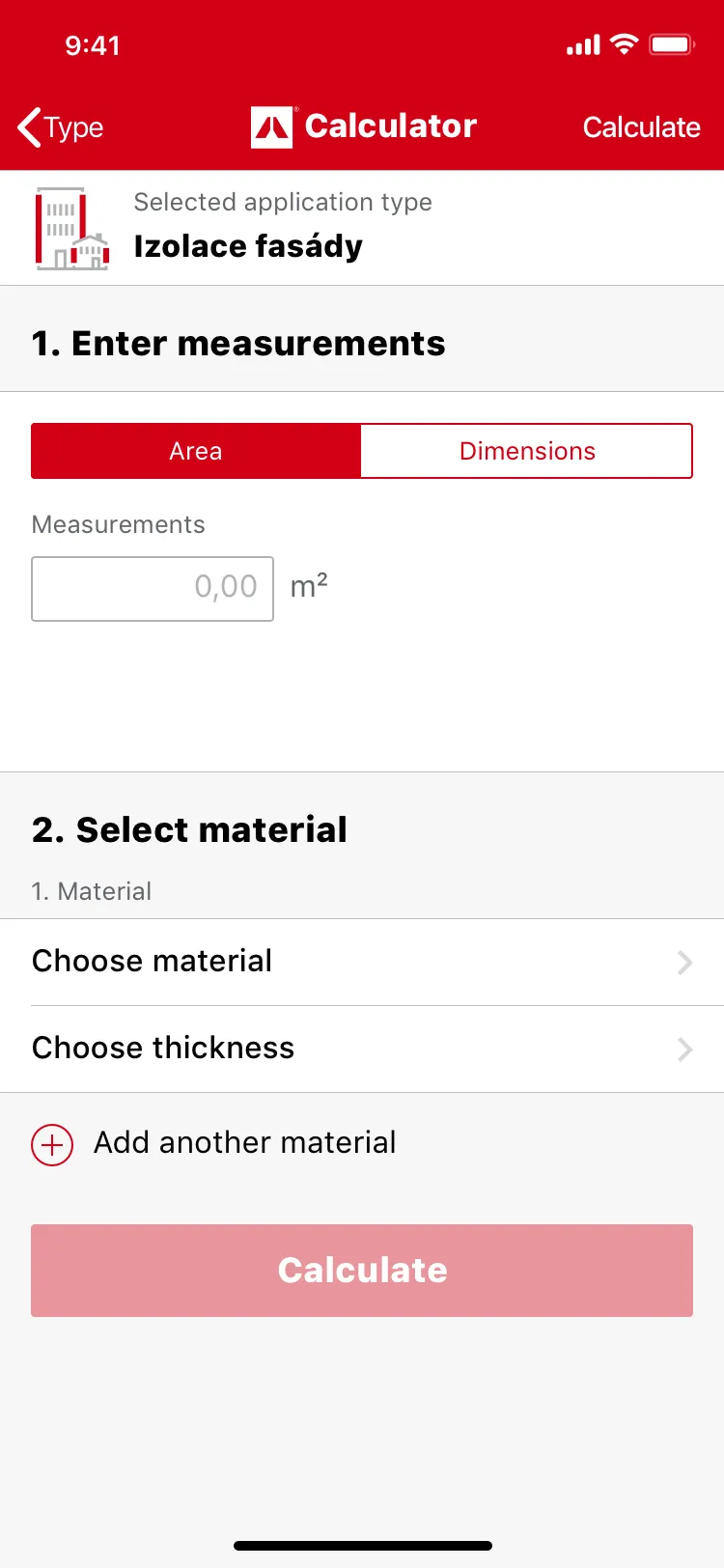
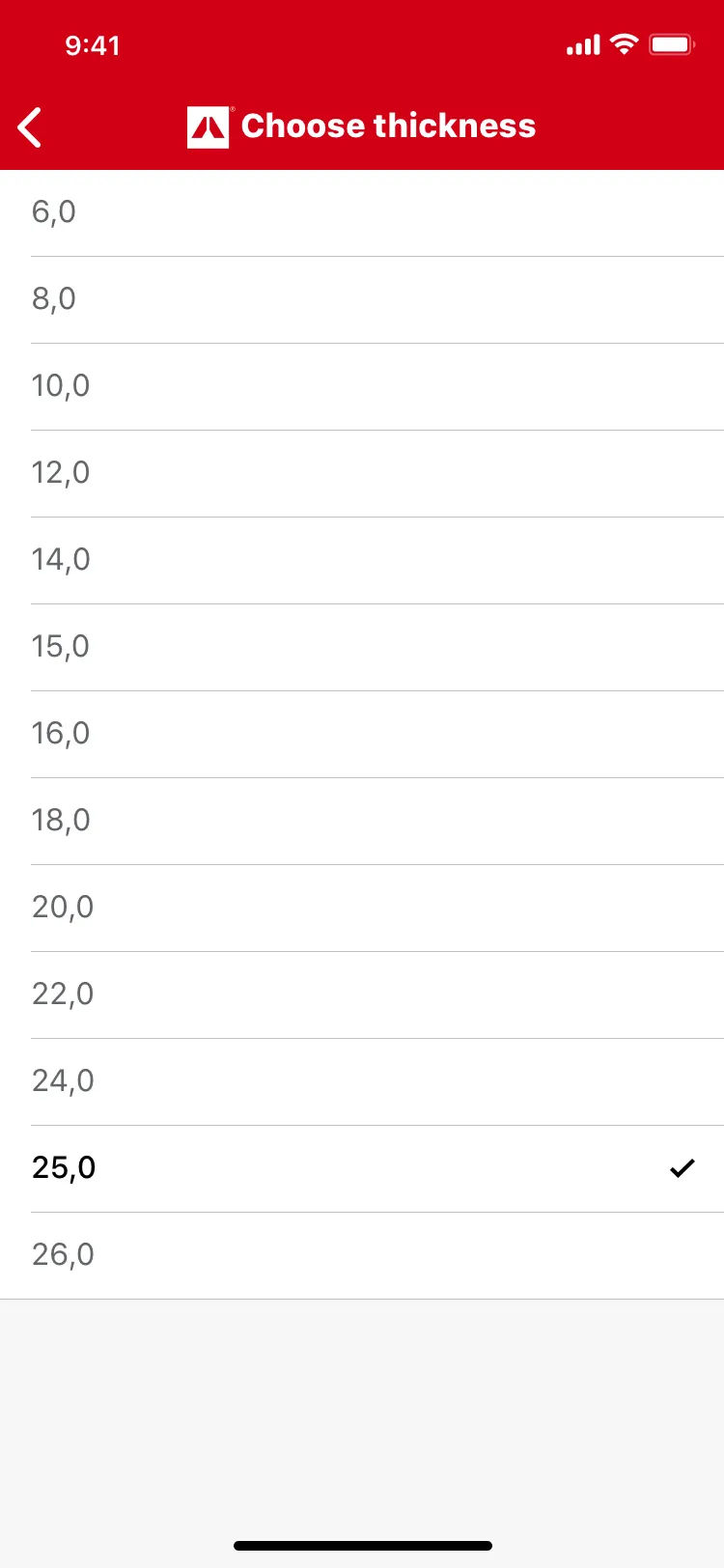

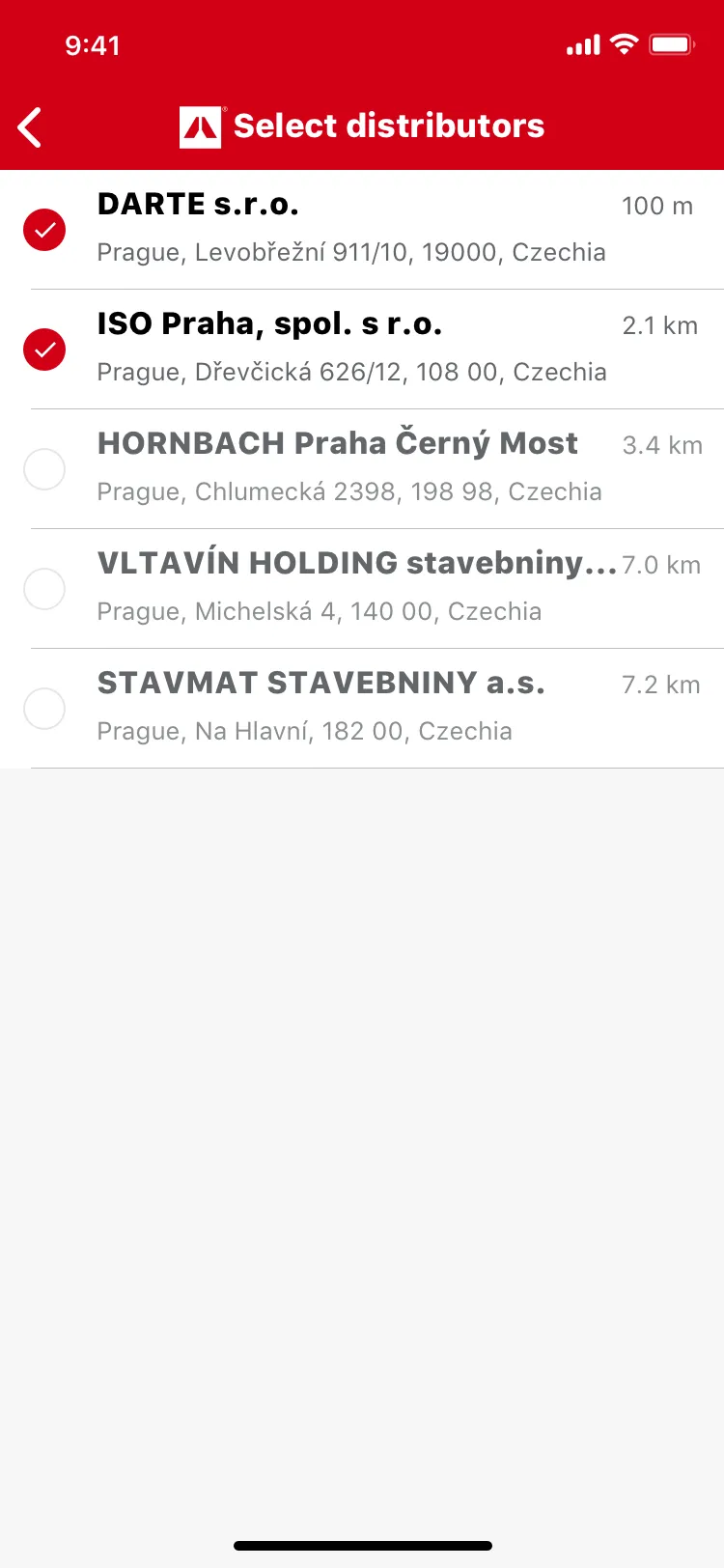

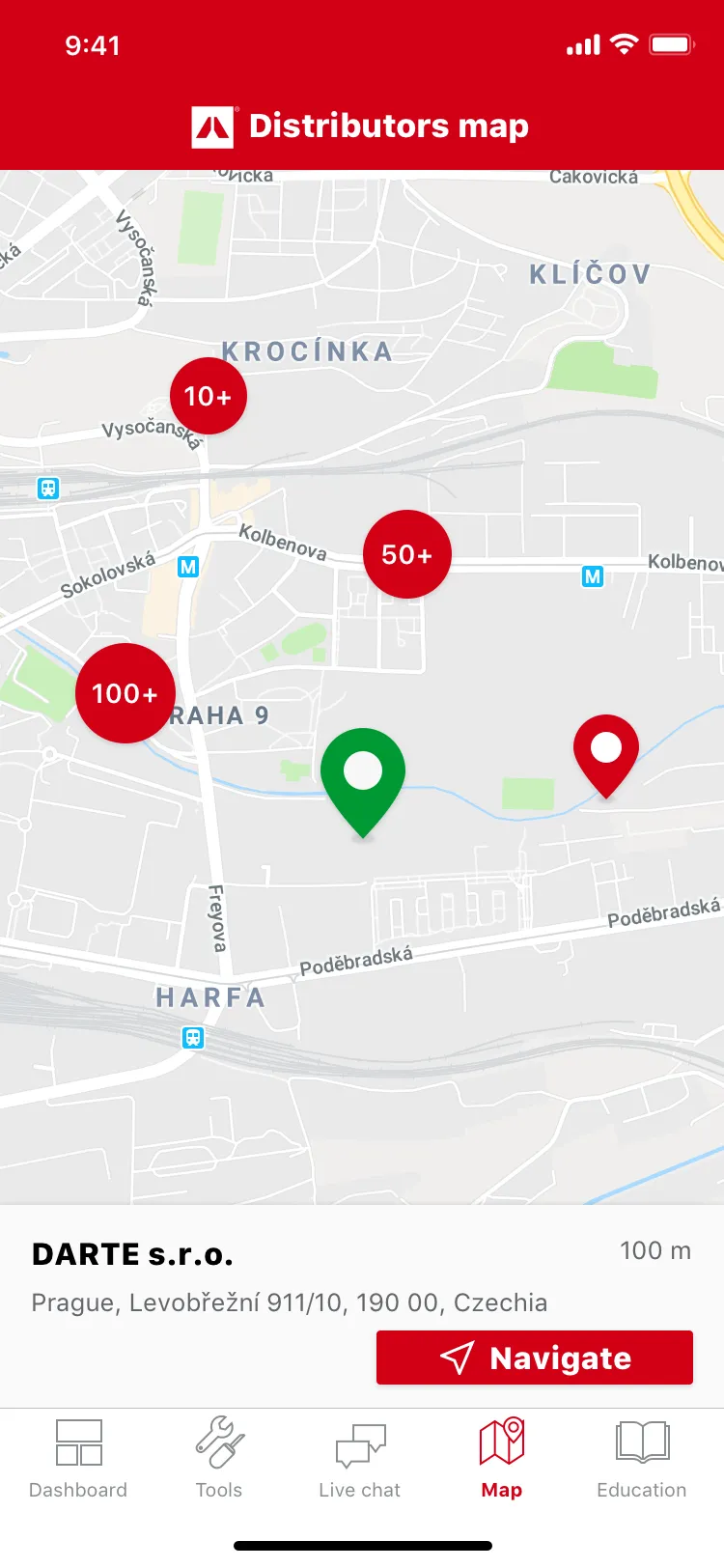
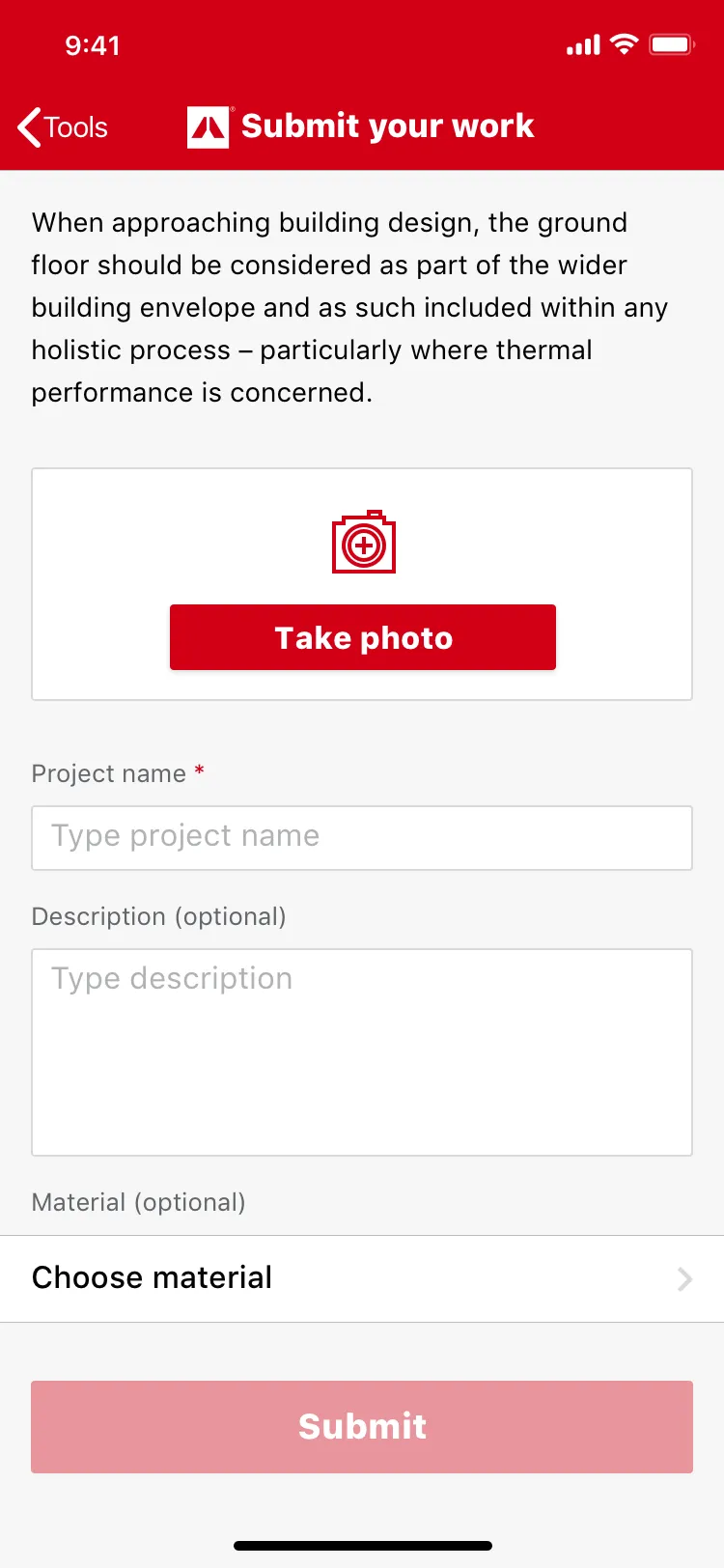
Looking for a technology partner to develop an information system or help with digitization? We will be happy to hear more about your project.